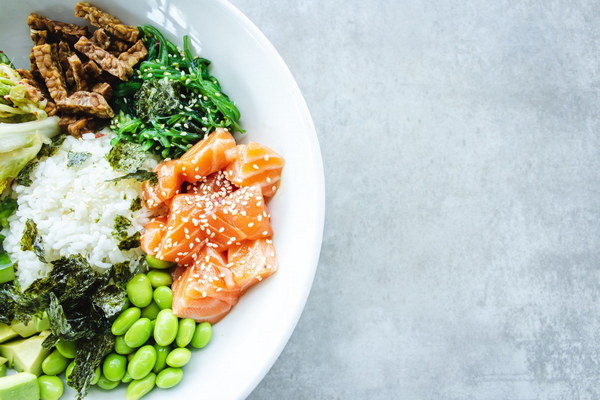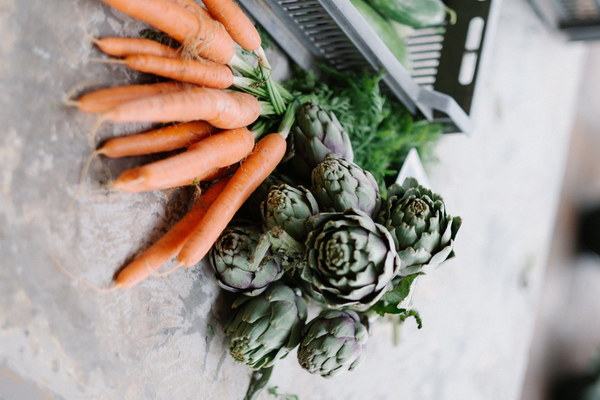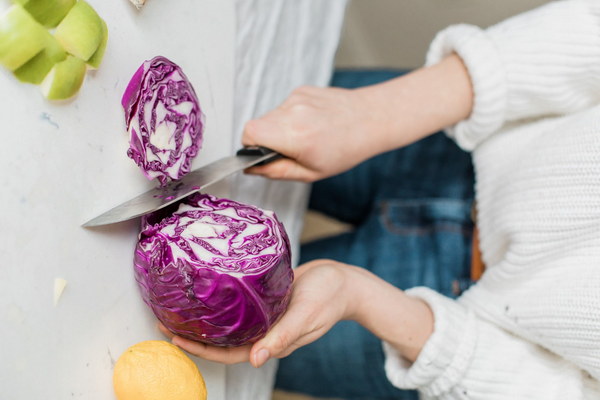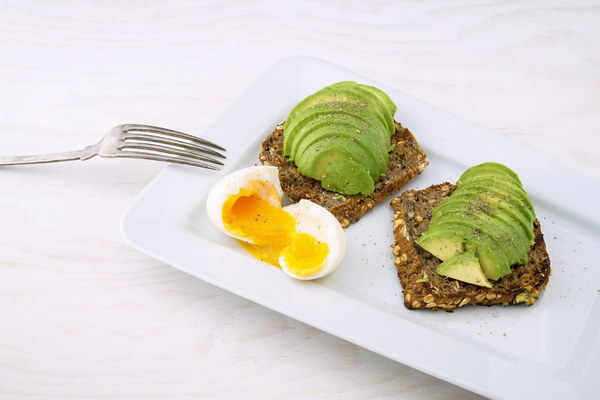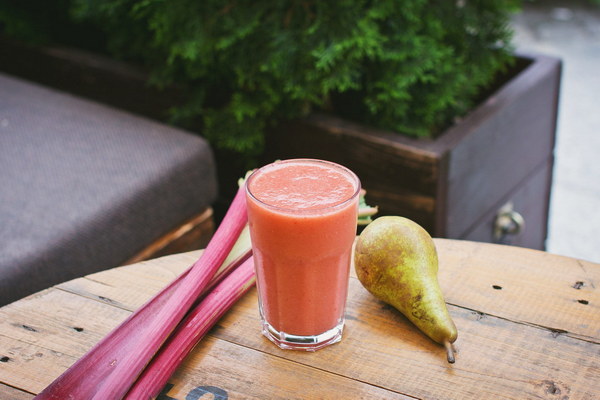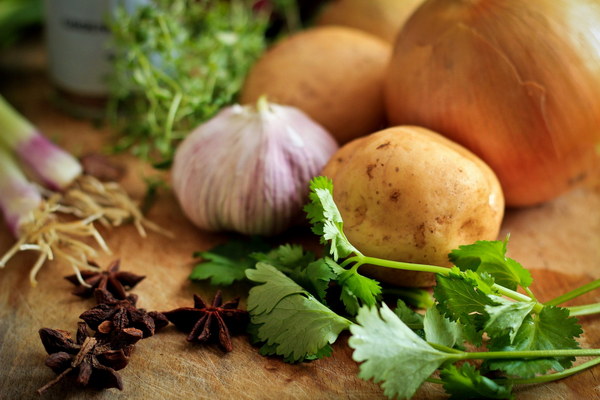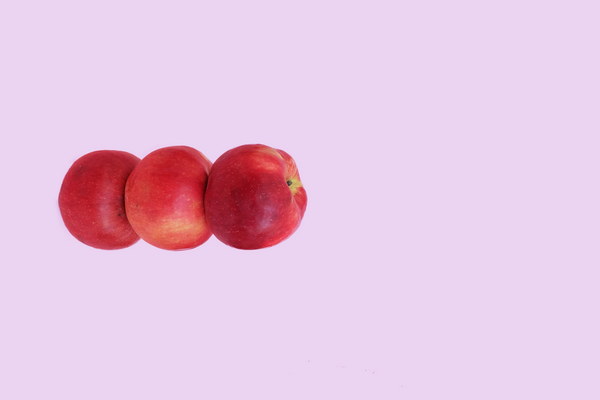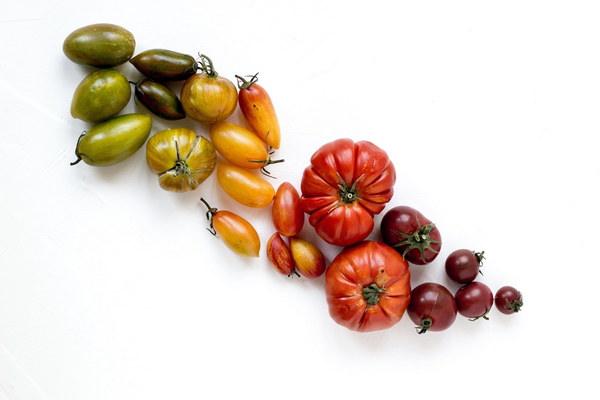Eating for Hypertension A Guide to Nutritional Strategies for Mild Hypertension
Living with mild hypertension, also known as stage 1 hypertension, can be managed effectively through lifestyle modifications, including dietary changes. The right food choices can help lower blood pressure and reduce the risk of cardiovascular diseases. Here's a comprehensive guide to what you should eat to manage mild hypertension.
1. Reduce Sodium Intake
Sodium is a major contributor to high blood pressure. To reduce sodium intake, limit processed and packaged foods, such as canned soups, frozen dinners, and snack foods. Instead, opt for fresh, whole foods and use herbs and spices to flavor your meals.
2. Increase Potassium Intake
Potassium is a natural blood pressure-lowering mineral. Incorporate potassium-rich foods into your diet, such as bananas, oranges, spinach, sweet potatoes, and beans. Aim for at least 4,700 milligrams of potassium per day.
3. Choose Healthy Fats
Replace saturated and trans fats with healthier fats, such as monounsaturated and polyunsaturated fats. Sources of these healthy fats include olive oil, avocados, nuts, and seeds. These fats can help lower bad cholesterol levels and improve heart health.
4. Eat a Variety of Fruits and Vegetables
Fruits and vegetables are rich in vitamins, minerals, and antioxidants that can help reduce blood pressure. Aim for at least 5 servings of fruits and vegetables per day. Berries, leafy greens, and cruciferous vegetables are particularly beneficial.
5. Whole Grains Over Refined Grains
Whole grains, such as brown rice, whole wheat bread, and oatmeal, are rich in fiber and can help lower blood pressure. Replace refined grains like white bread and pasta with whole grain options.
6. Limit Alcohol and Caffeine
Excessive alcohol and caffeine consumption can increase blood pressure. Limit your alcohol intake to no more than one drink per day for women and two drinks per day for men. Reduce caffeine consumption by choosing decaf coffee, tea, and soft drinks.
7. Stay Hydrated
Drinking plenty of water can help maintain healthy blood pressure levels. Aim for at least 8 glasses of water per day, or more if you engage in physical activity or live in a hot climate.
8. Add Probiotics and Prebiotics
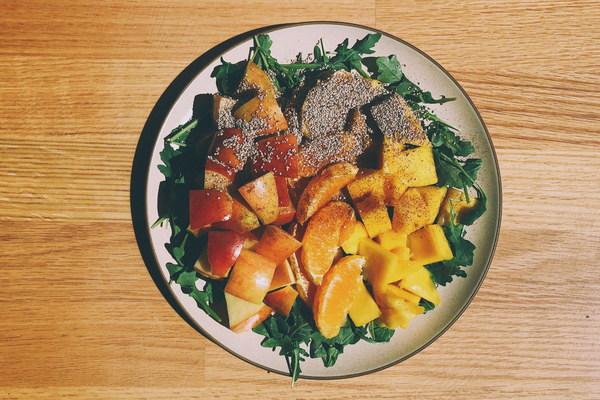
Probiotics and prebiotics are beneficial for gut health, which can indirectly affect blood pressure. Include probiotic-rich foods like yogurt, kefir, and sauerkraut in your diet. Prebiotic foods, such as bananas, onions, and garlic, can also be beneficial.
9. Limit Red Meat and Processed Meat
Reduce the intake of red meat and processed meat, as they can contribute to high blood pressure. Choose lean proteins like fish, poultry, and legumes instead.
10. Practice Portion Control
Maintaining a healthy weight is crucial for managing mild hypertension. Practice portion control to avoid overeating and keep your blood pressure in check.
In conclusion, managing mild hypertension through dietary changes involves making mindful choices about the foods you eat. Incorporating these healthy eating habits into your daily routine can help lower your blood pressure and reduce the risk of cardiovascular diseases. Remember, it's always a good idea to consult with a healthcare professional or a registered dietitian for personalized dietary advice.
